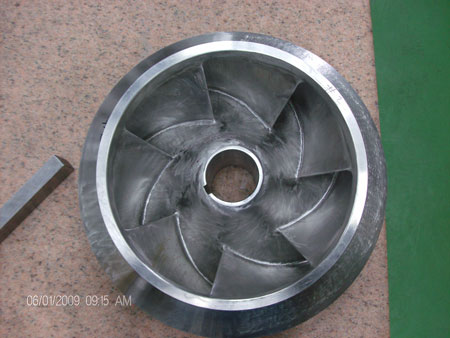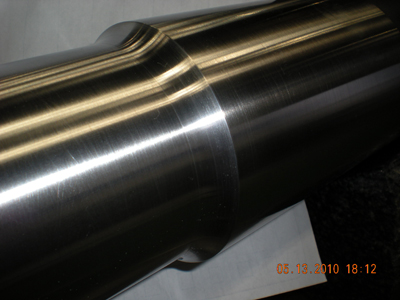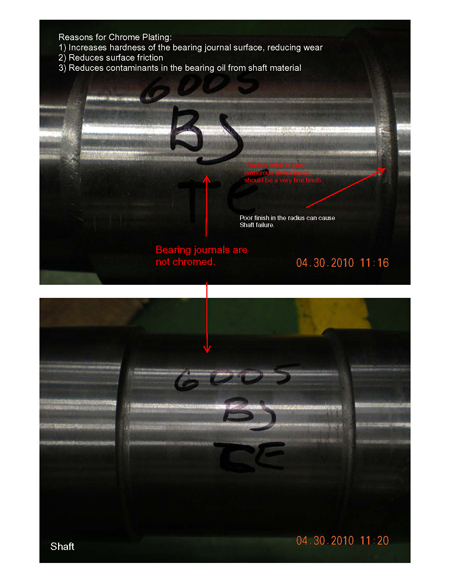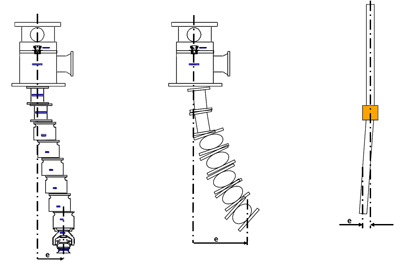Pumps & Systems
November, 2010
With reverse engineering, a pump service facility increased the performance of a service water pump in a nuclear power plant.
When an East Coast nuclear plant wanted to increase the performance of its Layne & Bowler 25 RKCH two-stage vertical lineshaft, wet pit, service water pump, reverse engineering services to upgrade the repair of this unit was chosen. Driven by a 350-horsepower, 1,200 rpm vertical motor, this unit is approximately 45 feet in suspended length. This pump is considered a low suction energy unit with about 3,500 specific speed.
Reverse Engineering: a Proven Alternative
Pump components requiring reverse engineering are rarely new items. They may have deteriorated through in-service use or have been damaged by cavitation or pump failure. Reverse engineering has become a proven alternative for obtaining replacement parts for existing equipment. Replacing these parts requires experienced design and processes to create a component that will meet the form, fit and function of the original part.
Using a portable, coordinate measuring machine (CMM), in conjunction with specialized computer-aided design (CAD) and 3D software, an initial vane layout was prepared using the existing blade.
When reverse engineering hydraulic components, ensuring that the new component will be equivalent to and meet or exceed all the specifications of the original design is critical. In this example, reverse engineering was used, along with the portable CMM, to develop the new castings. In a vertical pump bowl assembly (as in this unit), this is challenging due to the need to interface hydraulics between the vane lay outs of the impeller and the bowl diffuser.
This process requires in-house vane layout hydraulic technology, which may be necessary to re-engineer the deteriorated impeller and diffuser vanes. CAD software was used to overlay the new vane geometry on top of the original blade to ensure that an equivalent component was produced. The hydraulic passageways were polished to increase pump performance.

New, reverse engineered hydraulic component

Reverse engineering with assistance of the portable CMM





